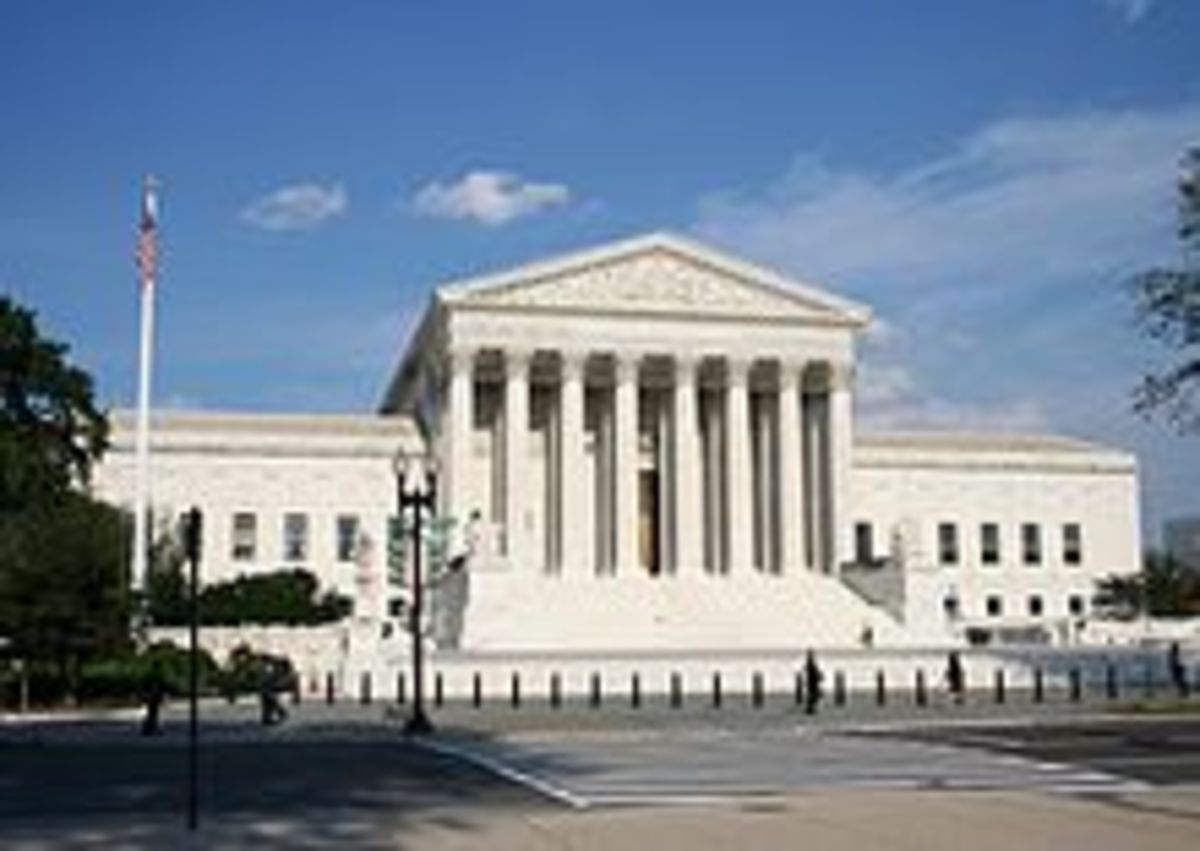The Supreme Court Ruling
The Constitution is a famous American document. The fast paced movie “National Treasure” starring Nicolas Cage rekindle my interest in this famous document. This document was created over several months and finally became law in 1791. Most Americans are aware of this document but are not knowledgeable of it contents. One of the reasons is the majority of the times it is glossed over. Only some segments are discussed. This article will discuss a very important aspect of the Constitution, the Supreme Court and it obligation to interpret the Constitution. The Constitution was created in1791; it starts a new session on Monday in October of each year. The Justices meet Wednesday and Friday to determine the out come of its 5,000 or more cases .The interpretation and the decisions in these cases are profound. One such case is the Dred Scott Case of 1857
THE DRED SCOTT CASE
|
Mr. Dred Scott presented a plea to the Supreme Court. The reason for the plea
is Scott believed under the prevailing law he was a free man. He believed by
moving with his master to a non-slave state and returning to a slave holding
state he had become free. Justice Taney who heard the case would rule against
Scott The argument was that since Dred Scott was not consider as a citizen when
the Constitution became laws he did not have the right to present a case to any
court. The ruling against Scott is derived from the interpretation of the
Constitution. Many of the Justices who were from the south favored the
slaveholders and their view. In their view chattel could never attain the level
of citizen. This ruling caused the Northern states to believe the south was
using the Constitution for their own purpose. The above case and it
interpretation is allegedly eliminated by the 14th Amendment.
However, a close reading of it indicates the










